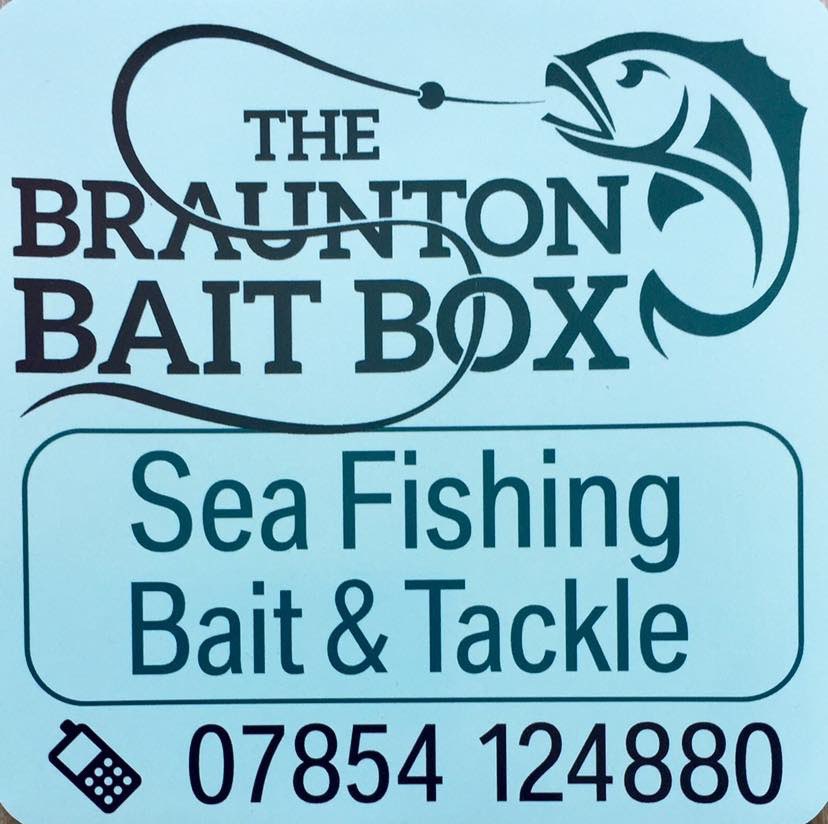Lure fishing enthusiast Mark Jones continues in his quest to land bass on lures throughout the year tempting this fine looking bass of over 4lb on his latest trip to the waters edge.
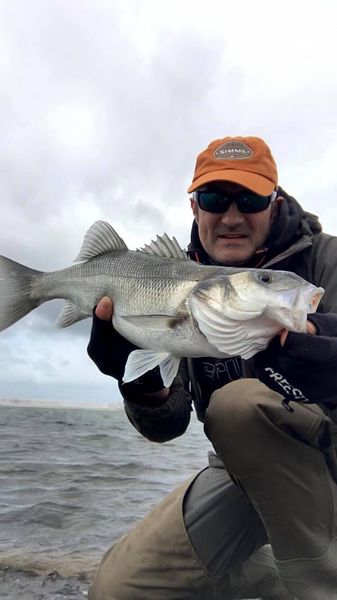
Fishing covers a wide spectrum and its always good to hear of anglers successes and experiences. Ilfracombe angler Toby Bassett is an allrounder who catches pike from the local reservoir, sharks off the coast and also enjoys scaling right down to experience the wonders of multi species fishing with LRF tackle. Many thanks to Toby for his account below.
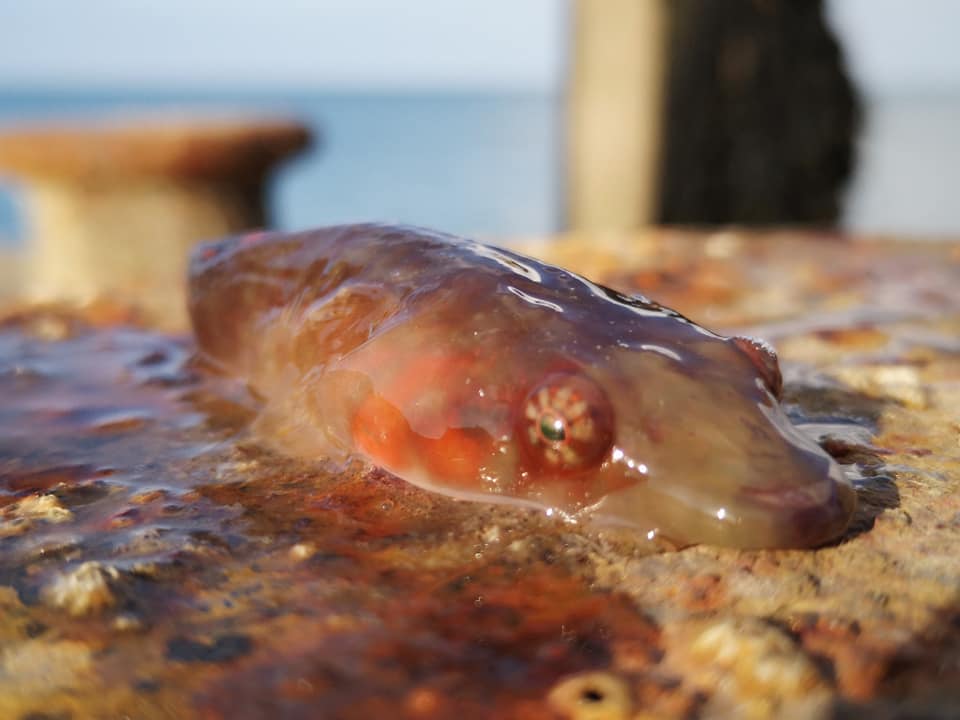
Every year i try and catch as many species as I can and this this year like everyone else I have been limited to just the Bristol Channel due to travel restrictions which has given me plenty of time to focus on local marks and where better then the pier to rack up my tally? I have always heard of weird and wonderful fish coming on out on the LRF gear so thats been my main goal and the clingfish always in the back of my mind as one of the more prized mini species, so when i actually caught one i was stunned, such an awesome slimy little morsal and a big tick off the list! That brings my tally to 20 species so far this year, i still have a few trickier fish to target as the year goes on such as the illusive tadpole fish and the dragonette but this cornish sucker has made me one happy focker lol! Toby Bassett
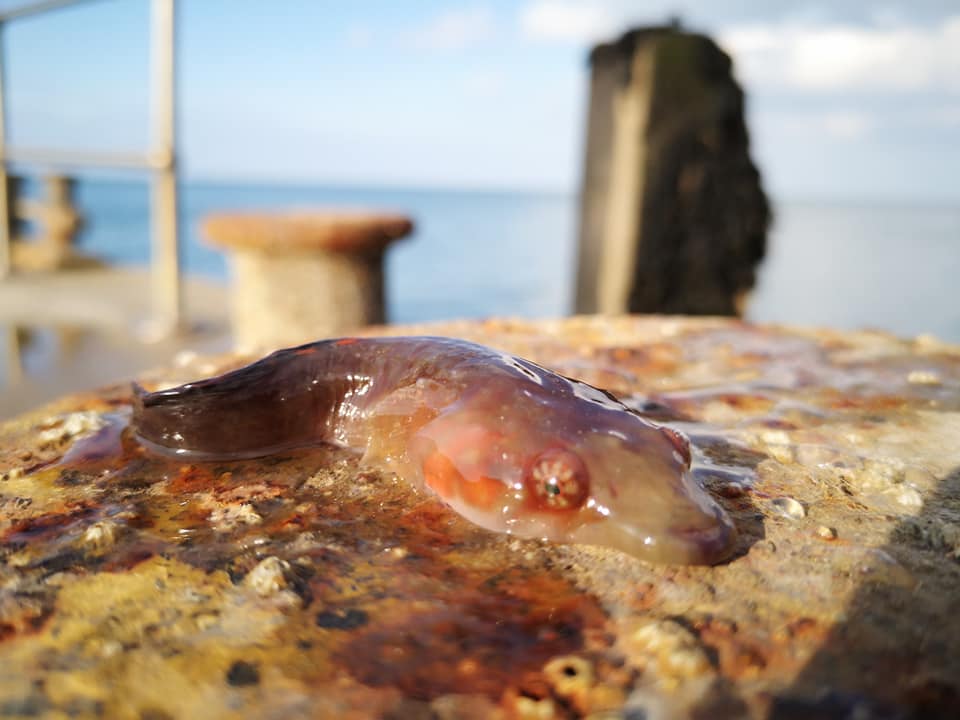
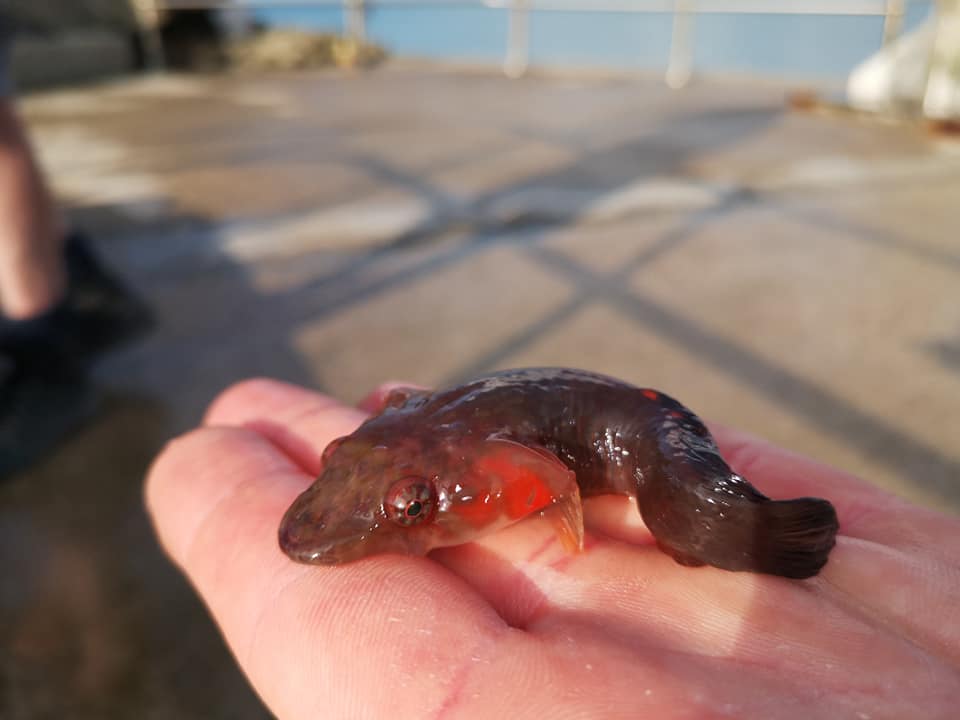
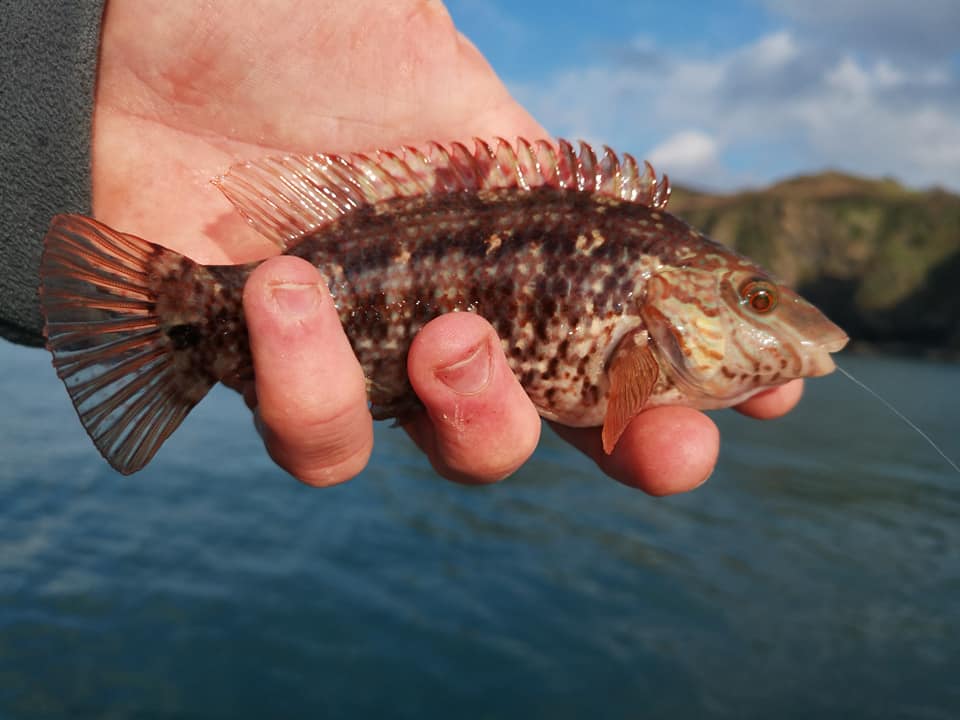
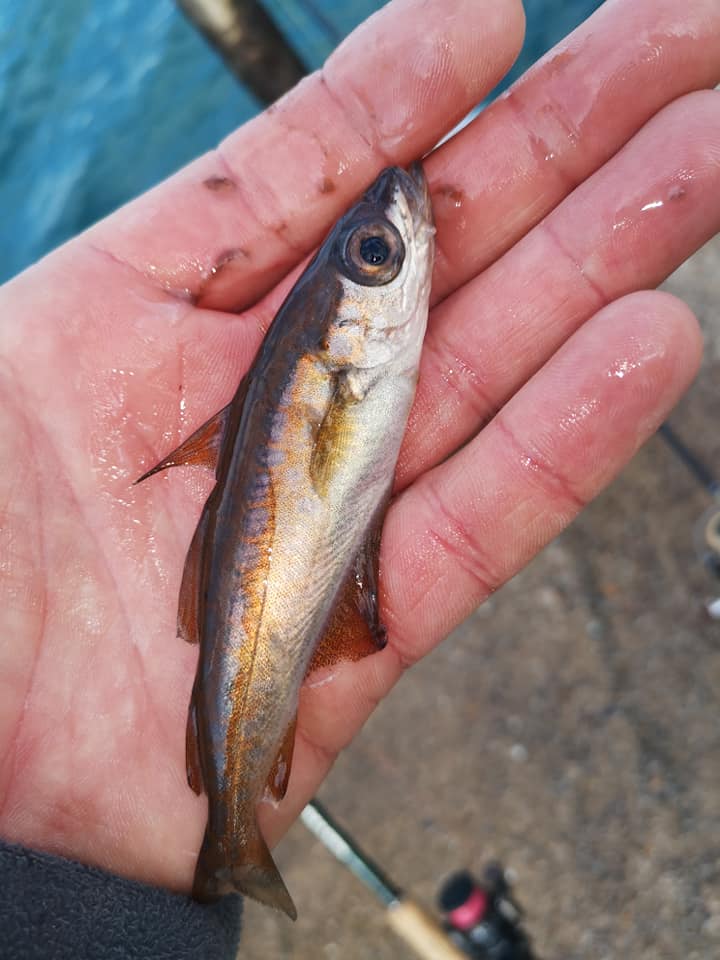

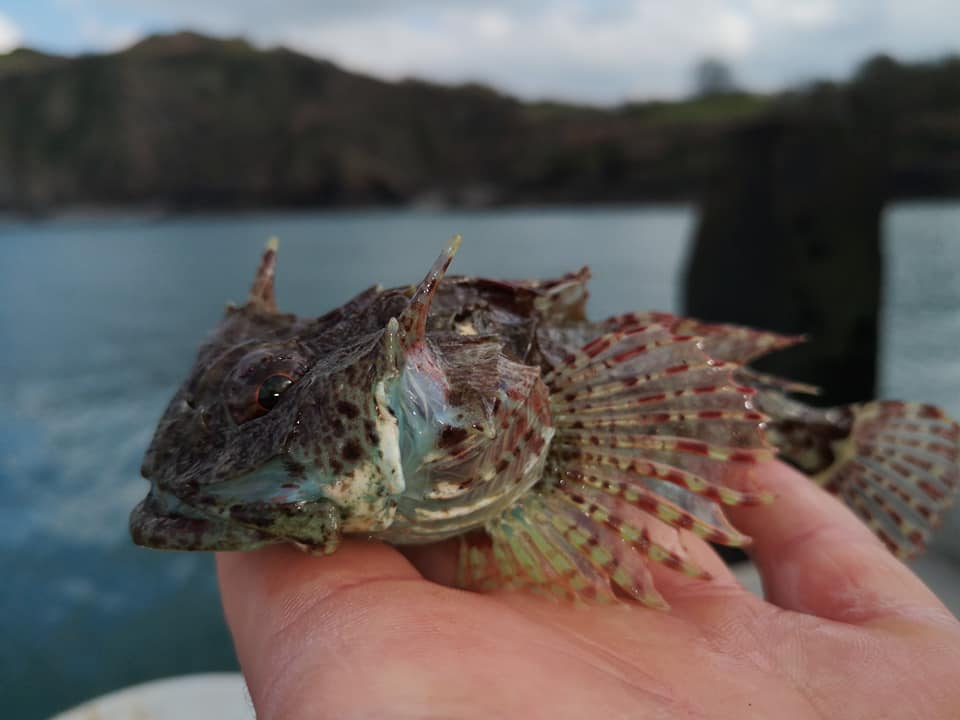
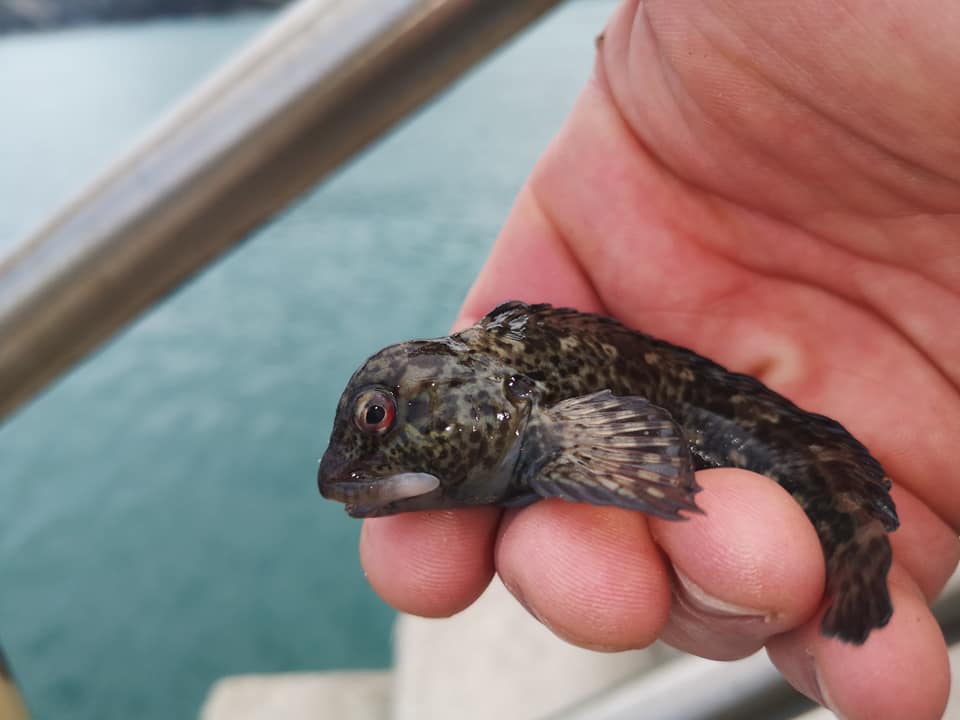
Dan Spearman and Kyle Bishop fished a North Devon Mark and enjoyed action with bull huss scaling 11lb and 9lb


Fellow Combe Martin SAC member Kody Chugg also annoyed success with bull huss landing a fine looking fish of 10lb 5oz as the sun began to set.


Combe Martin SAC member Kevin Legge tempted bull buss of 12lb 7oz and 10lb 5oz during recent trips to the North Devon coast. The specimen pictured was tempted a mackerel bait whipped to a single 5/0 Varivas Chinu and reports that the fish was hooked cleanly in the side of the mouth, allowing it to be removed swiftly and the fish released quickly after a picture.
Combe Martin SAC member Shane Hookway tempted this specimen bull Huss of 10lb 10oz from a North Devon rock mark. The fish took a whole Ammo joey mackerel.

